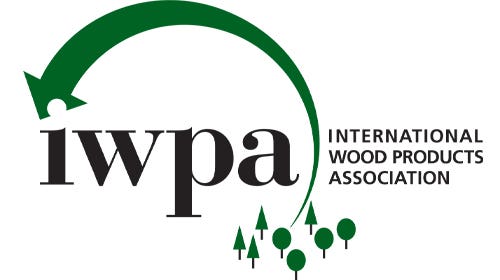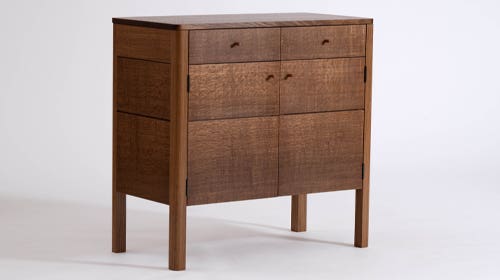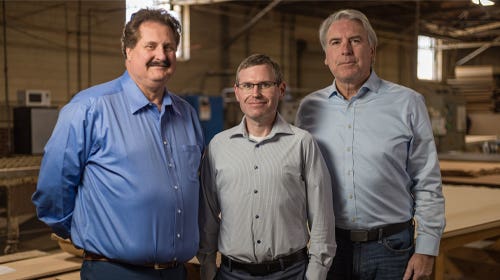Sellers seeing less demand for reclaimed wood
Reclaimed lumber, valued for its unique history and character, remains a niche market primarily used in restoration and specialty projects, with high demand for rare woods like heart pine and chestnut, though limited availability and sourcing challenges have slightly reduced its popularity since its peak between 2012 and 2017.
If a project requires wood with character and a story behind it, reclaimed lumber is clearly the way to go. Reclaimed wood, whether chestnut, heart pine, oak or any other species, is in a category of its own as far as demand goes, according to suppliers who spoke with Woodshop News.
“What I always like to say is with new wood, what are you really buying? It’s going to be finished clean and it’s going to be typically a very high grade, so you’re really talking about what color the wood is or what the grain looks like. There are not a lot of variables there,” says Klaas Armster, owner of Armster Reclaimed Lumber Co. in Broad Brook, Conn.
“With reclaimed lumber, you have these other variables. Some of them are intangibles, like its history, where it was used, where it was originally harvested, how it was used. So, if it was from a bleacher from an old high school that someone used to compete against in basketball or something, that might be interesting.”
Armster says that current demand for reclaimed wood is down slightly. He says the big design boom for reclaimed wood happened between 2012 and 2017. His business is still thriving, but as far as the market goes, reclaimed is back to what it originally was – a niche product.
"People still really want high quality heart pine and chestnut, which I consider to be like the grandaddy of reclaimed woods. They’re both more or less extinct, at least as far as being able to get that quality or in chestnut’s case, to get any chestnut. So, they’re both really highly regarded. They’ve both historically been prized woods for woodworking, so there’s still demand for them, but there’s less demand.
“For us, we’ve diversified because the reality is reclaimed lumber has become that much harder to get. There's less of it available. A lot of it has been reclaimed, and there are fewer guys tearing down barns, presumably because there are fewer barns. Overall, reclaimed lumber is kind of going back to what it was when I first started out in the early 2000s – much more of a niche-type product for restorations, special applications, smaller quantities, and things like that.”
Josh Nozick of Freestate Timbers in Timonium, Md., says reclaimed lumber is about five percent of his business but continues to offer it for consumers looking for something unique and special.
“We are getting reclaimed material primarily out of Pennsylvania and its old barn timbers. In my area, the majority of the beam material is either chestnut or white oak. Every now and then we see an oddball. I’ve had some old maple timbers in here and some old fir. Mostly, people come to us because (they) want an old barn beam mantle,” says Nozick.
“Once in a blue moon somebody is after a countertop, and usually on that it’s reclaimed chestnut. The material has a whole lot of character. It can be a little challenging to work with because you’re dealing with old nail holes, checks and splits, So, there’s a decent amount of epoxy work to deal with whatever defects there are. Chestnut with a deep black epoxy fill and a nice oil finish, I just think it’s a beautiful material.”
This article was originally published in the November 2024 issue.







